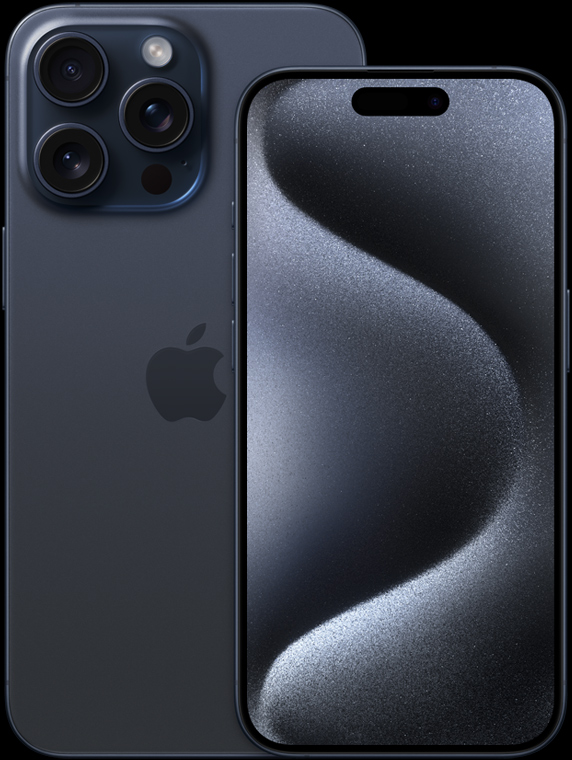Apple’s highly anticipated event to unveil the iPhone 15 has come and gone. As always, the tech giant managed to generate a buzz leading up to the event, with many hopeful that Apple would redefine the smartphone experience, yet again. Unfortunately, the event was a mixed bag of emotions, leaving many in the audience and online viewers with a sense of letdown. Here’s why the iPhone 15 launch was less than inspiring, despite its aerospace-grade titanium design and A17 Pro chip.
Incremental Improvements: The Devil is in the Details
Let’s start with the iPhone 15’s features. At a glance, they seem promising:
- Aerospace-grade titanium design: Sleek and durable, lighter than the iPhone 14 Pro.
- A17 Pro chip: Faster and more efficient, but in line with the expected trajectory.
- Customizable Action Button: This replaces the silent mode button, offering a more tailored user experience.
- Improved Camera System: A 48MP main camera for super-high-resolution photos and 2x Telephoto lens.
- USB-C with USB 3: A move mandated by the European Union as Apple wanted to continue with the lighting connector
- 2000 nits peak brightness: It is 2x brighter than the iPhone 14, but then again there goes our vision
- * For the full tech specs, check out Apple’s website.
While these upgrades are nice, they are hardly groundbreaking. Previous iPhones have also boasted material and chip improvements and many Android phones already offer similar camera capabilities. The customizable Action Button is a nice touch but doesn’t significantly alter the smartphone experience. In essence, the iPhone 15 is another incremental step in a long line of incremental steps.
More Buzz Around Carbon Neutrality than the iPhone 15
One of the most surprising aspects of the event was Apple’s focus on its environmental initiatives, particularly its goal to be carbon neutral by 2030. While commendable, the spotlight on this ambition seemed to overshadow the iPhone 15 itself.
Furthermore, it’s worth questioning the feasibility of such a goal. Given the rapidly changing economic landscape and the emergence of a multipolar world with differing views on environmental responsibility, achieving complete carbon neutrality within the next seven years seems optimistic, if not unrealistic.
Recycled vs. Virgin Material: A Difference in Degree, Not Kind
Apple also placed emphasis on the use of recycled materials in the iPhone 15, positioning itself as a responsible corporate citizen. But the question remains: how much difference does using recycled material make compared to virgin material?
While recycling is good for the planet, the overall impact largely depends on the scale and the lifecycle analysis of the materials used. Moreover, focusing on recycled materials can often serve as a convenient distraction from other environmental impacts, such as energy consumption during production or the issue of electronic waste.
The Magic is Gone
Apple’s iPhone 15 event was supposed to be a show-stopper, but instead, it left us pondering whether the company has lost its ability to wow the audience. The phone’s features, while decent, are not revolutionary. The focus on carbon neutrality and recycled materials, while important, felt more like a diversion than a complement to the product launch.
In the end, the iPhone 15 is a testament to Apple’s incredible ability to package existing technologies in a beautiful and sleek design. However, for a company built on groundbreaking innovation, this year’s launch felt like a beautifully wrapped package with surprisingly little inside.
We expected a lot from the iPhone 15 launch; unfortunately, we were left disappointed. Here’s hoping Apple can reignite the magic in future releases.




